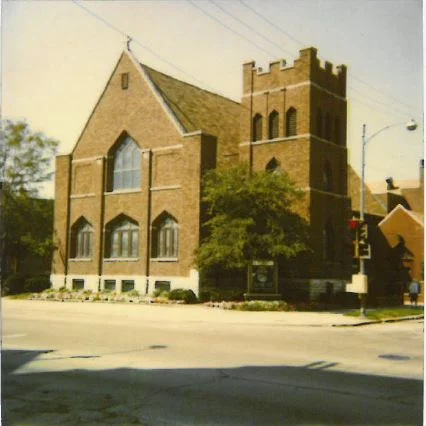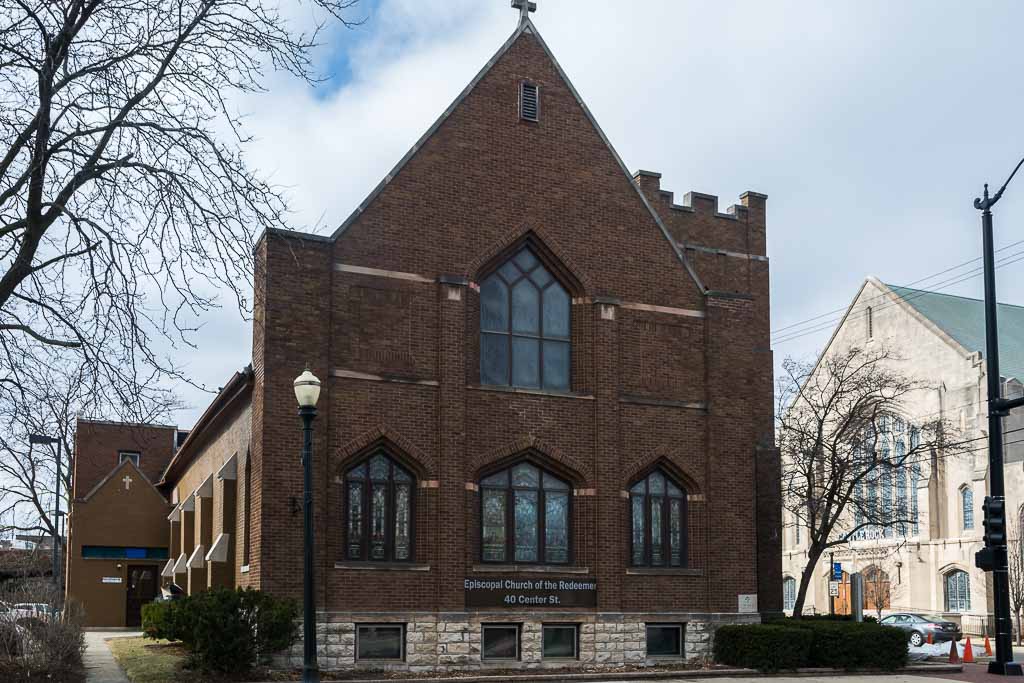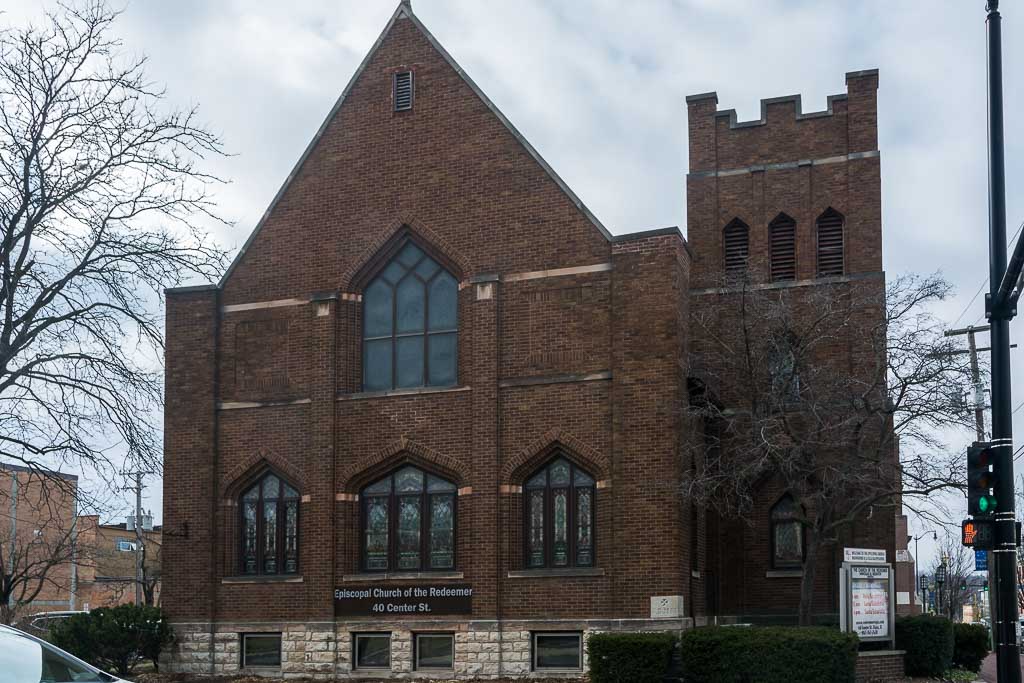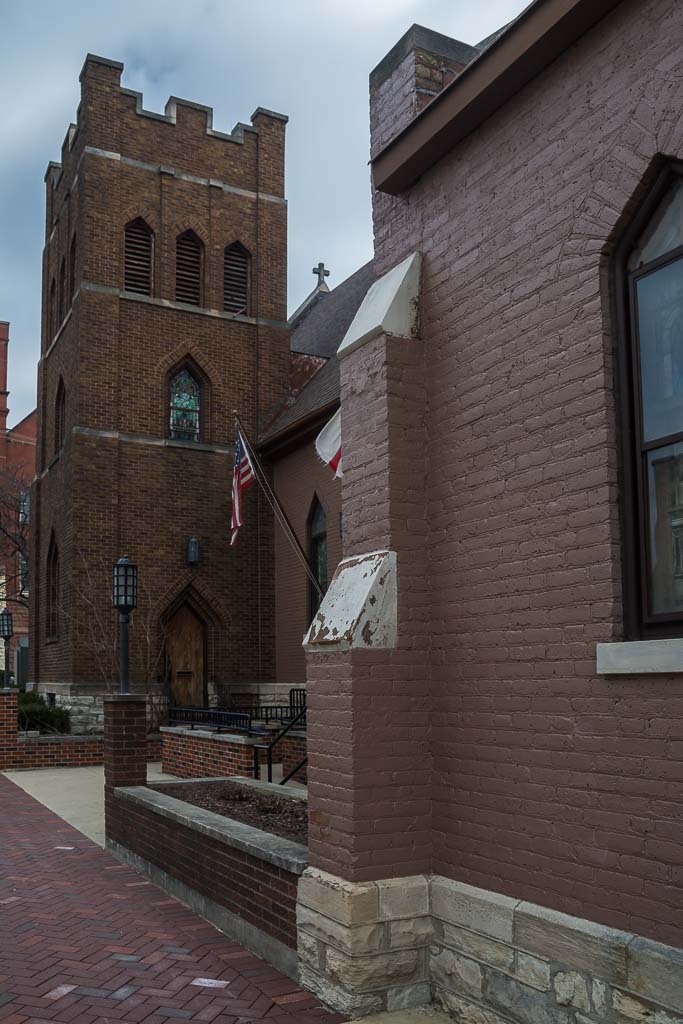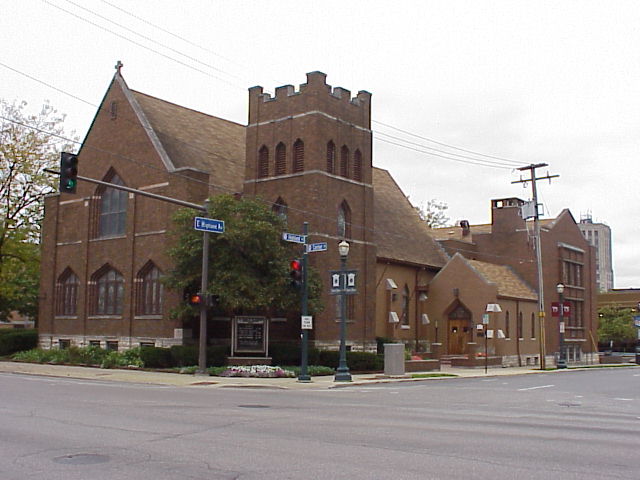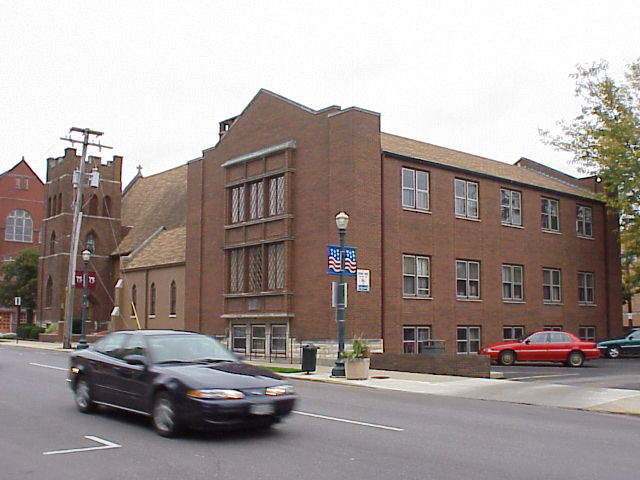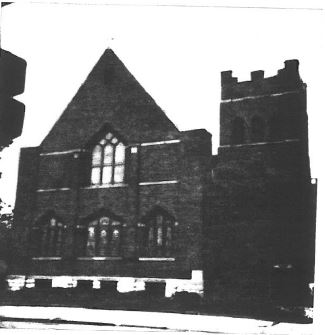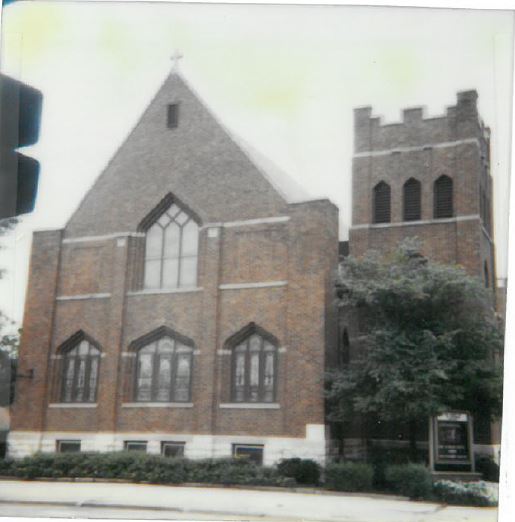40 CENTER STREET
HISTORIC SIGNIFICANCE
The Church of the Redeemer dates back to December 26, 1857, when the Rev. J. H. Waterbury arrived in Elgin and held the first Episcopal service on December 27th in the Free Will Baptist Meeting House.
The cornerstone for the first church building was laid in the fall of 1880, with the Bishop McLaren breaking ground. Parishioners helped collect and raise money to complete the building, which cost nearly $5,000, and was finally completed in 1882. Unfortunately, the original church was destroyed by a fire on October 22, 1916, not long after renovations had been completed in the interior. By the following March, however, the Church was rebuilt using the original cornerstone, just newly laid. The structure thus remained the same except for minor alterations to the parish house.
In 2008, the Church celebrated its sesquicentennial.
ARCHITECTURAL SIGNIFICANCE
40 Center Street is a fine example of the Gothic Revival style. It was most popular from roughly 1840 to 1880, which is squarely in line with the first iteration of this building’s construction in the late-1800s. The current form, rebuilt in 1917, retains many of the Gothic Revival character defining features including the steeply pitched roof - here parapeted with no rake - arched windows, and the dominant square tower with a castellated parapet.
Sources: 1988 Heritage Plaque Application; Audio: TextAloud
